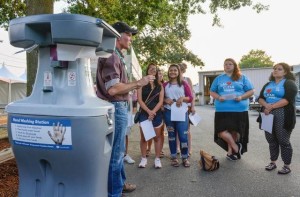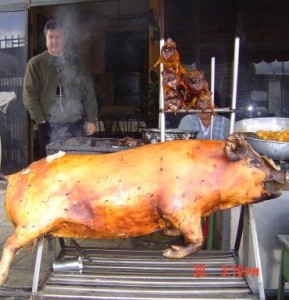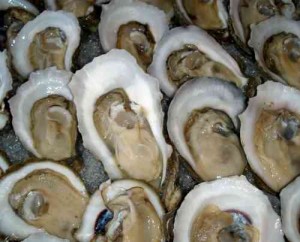A total of 60 people likely were sickened during an E. coli outbreak at the Milk Makers Fest in April, according to a report issued Friday, Oct. 30, by the Centers for Disease Control and Prevention.
 About 1,325 Whatcom County first-grade students, plus the teachers and parents who accompanied them, from all school districts in Whatcom County went to the annual event April 21-23 at the Northwest Washington Fairgrounds in Lynden.
About 1,325 Whatcom County first-grade students, plus the teachers and parents who accompanied them, from all school districts in Whatcom County went to the annual event April 21-23 at the Northwest Washington Fairgrounds in Lynden.
The event was designed to introduce young students to farming. It also gave them a chance to pet farm animals, including small horses, sheep, rabbits, chickens and a calf. There was a hay maze and scavenger hunt as well.
People who helped set up and take down the event — on April 20 and April 24 — also were among those who were sickened.
The new report provided additional details about the incident.
A preliminary report was put out in June by health officials investigating the outbreak, and the findings were similar. Whatcom County and state health departments as well as the CDC were the investigators.
The CDC’s Oct. 30 report found that:

In the earlier stages of the investigation, health officials identified cases that were confirmed or probable. Then they switched to confirmed cases only. The latest report returned to tracking both types of cases.

Twenty secondary cases — people who had contact with someone who went to the Milk Makers Fest — were identified in 14 siblings, four caretakers and two cousins of those who went to the event, the CDC wrote.

“Animals, including cattle, had been exhibited in the barn during previous events. Before the dairy education event, tractors, scrapers, and leaf blowers were used to move manure to a bunker at the north end of the barn,” the CDC reported stated.

“Students attending the setup and breakdown might have had higher rates of illness because they consumed food in the barn and might not have washed their hands before eating,” the CDC stated. “Facility cleaning procedures and location of the manure bunker (inside the barn) might have contributed to an increased risk for infection among the attendees.”
What jumps out is leaf blowers used to move manure. That’s going to aerosolize and E. coli in the cow poop and no amount of handwashing will remove it.
Be the bug, think where these things are going to go and how they are going to make people barf.


